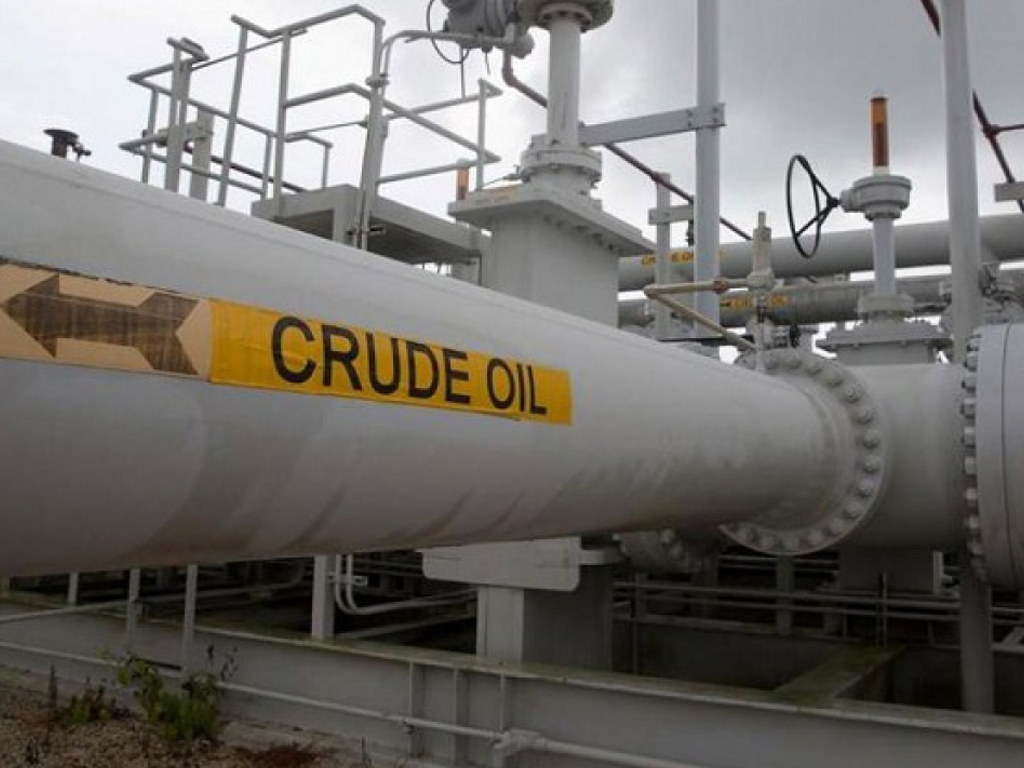 LONDON: Crude oil markets in Europe and West Africa are gaining support from unplanned Russian, Iranian and North Sea supply losses, and analysts say Brent futures have yet to fully reflect this.
LONDON: Crude oil markets in Europe and West Africa are gaining support from unplanned Russian, Iranian and North Sea supply losses, and analysts say Brent futures have yet to fully reflect this.
Nigeria's biggest crude grade, Qua Iboe, was being offered at a $2.50 a barrel premium to benchmark dated Brent, the highest since 2014.
In the North Sea, Forties crude reached a six-week high on Friday.
The strength reflects a drop in supply from Iran in May after the United States tightened the screw on Tehran's main source of income with sanctions.
Russian output has fallen due to contaminated crude and North Sea and African supplies are also down because of field maintenance and outages.
Despite physical crude supply losses, Brent futures, which are underpinned by Forties and four other North Sea crudes, are trading at about $72 a barrel, down from a 2019, high of $75.60 reached last month.
"The physical market in Europe is scrambling to obtain sufficient barrels," said Giovanni Staunovo, an analyst at UBS.
"We expect the tightness in the physical market to impact the financial market, and see Brent rising to $75 over the coming weeks," he added.
Oil traders also said the outright, or flat, price of Brent was low given outages affecting crude priced against Brent, namely Russian Urals, the North Sea Oseberg and Ekofisk grades, Nigerian Bonny Light and some Angolan crudes.
"I am surprised the flat price isn't higher," said a North Sea crude trader.
"But it might be reflecting people's expectations that the Saudis will step in to provide more barrels."
Top exporter Saudi Arabia has met requests from some buyers that previously had waivers from US sanctions against purchases of Iranian crude, but it is reluctant to boost supply and risk a price crash.
SUPPORTIVE ELEMENTS
Besides supply losses, strong demand from refiners is also providing support for the physical market.
"There are several supportive elements coinciding," said David Reid of JBC Energy in Vienna. "We have refining intake of close to 84 million barrels per day (bpd) over July and August, which is about 2.5 million bpd above our March estimate."
Against that backdrop, European interest in West African crude is high, traders said.
"The market is tight and the market is for sellers with the right cargo and selling on time," said one European trader.
Still, oil from Nigeria and Angola is being pulled away from Europe due to high US demand as the summer driving season kicks in, as well as demand in Asia where Indian and Chinese state companies were looking to replace Iranian barrels.
With those markets more willing to meet higher price offers, Europe was also seeking supply closer to home, such as from the Mediterranean and Russia, said another European trader.
Two Nigerian crude streams are under force majeure - a clause allowing a seller to miss deliveries due to unforeseen circumstances. A third outage this year on Royal Dutch Shell's Nembe Creek Trunkline has pushed back loading of Bonny Light crude by at least five days.
Oilfield maintenance in Angola has made for a relatively small June export programme, adding to tightness in heavier grades. Dalia, a heavy crude, has been selling at a premium of $2.00 to dated Brent, rather than the more typical discount.
"There's not a plethora of oil out there, especially heavy oil," another trader said.
"There's certainly not a huge amount in East Asia and in the West, too, and demand is high.


























Comments
Comments are closed.